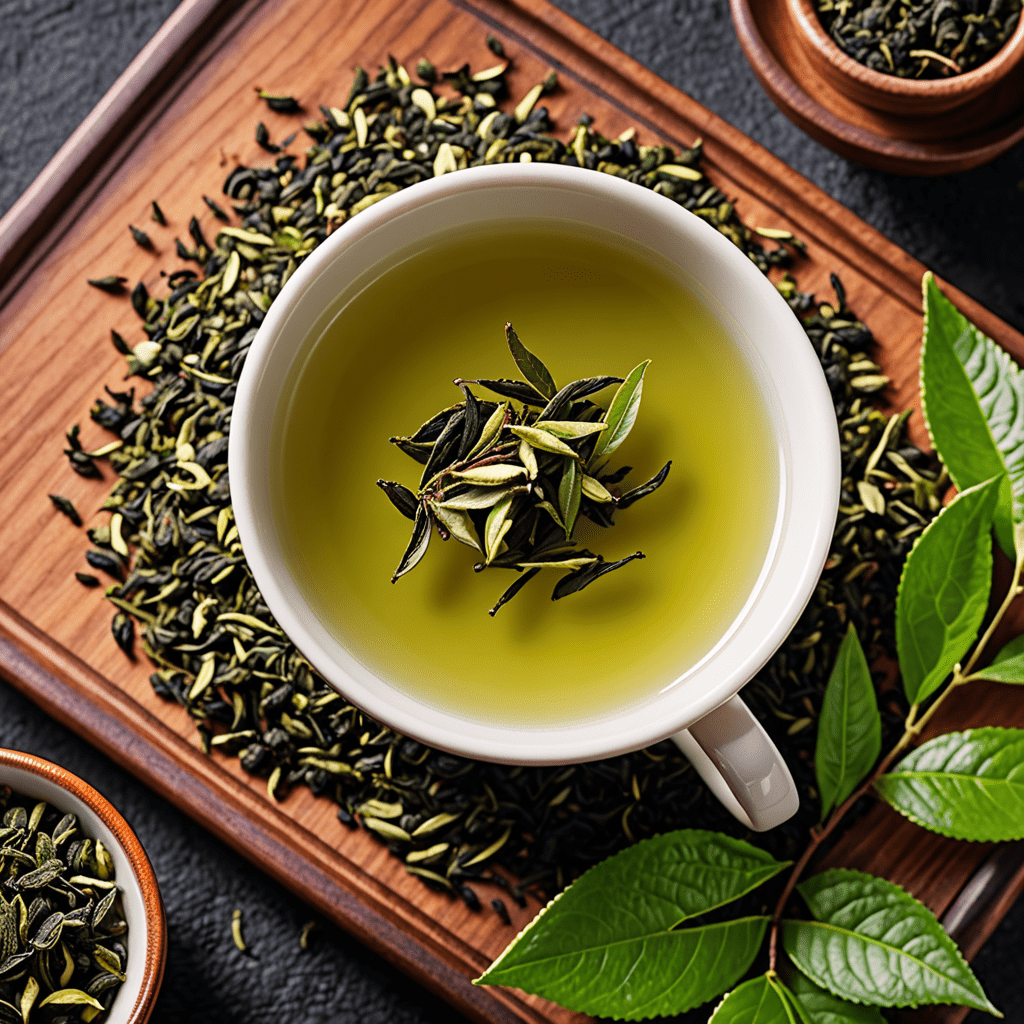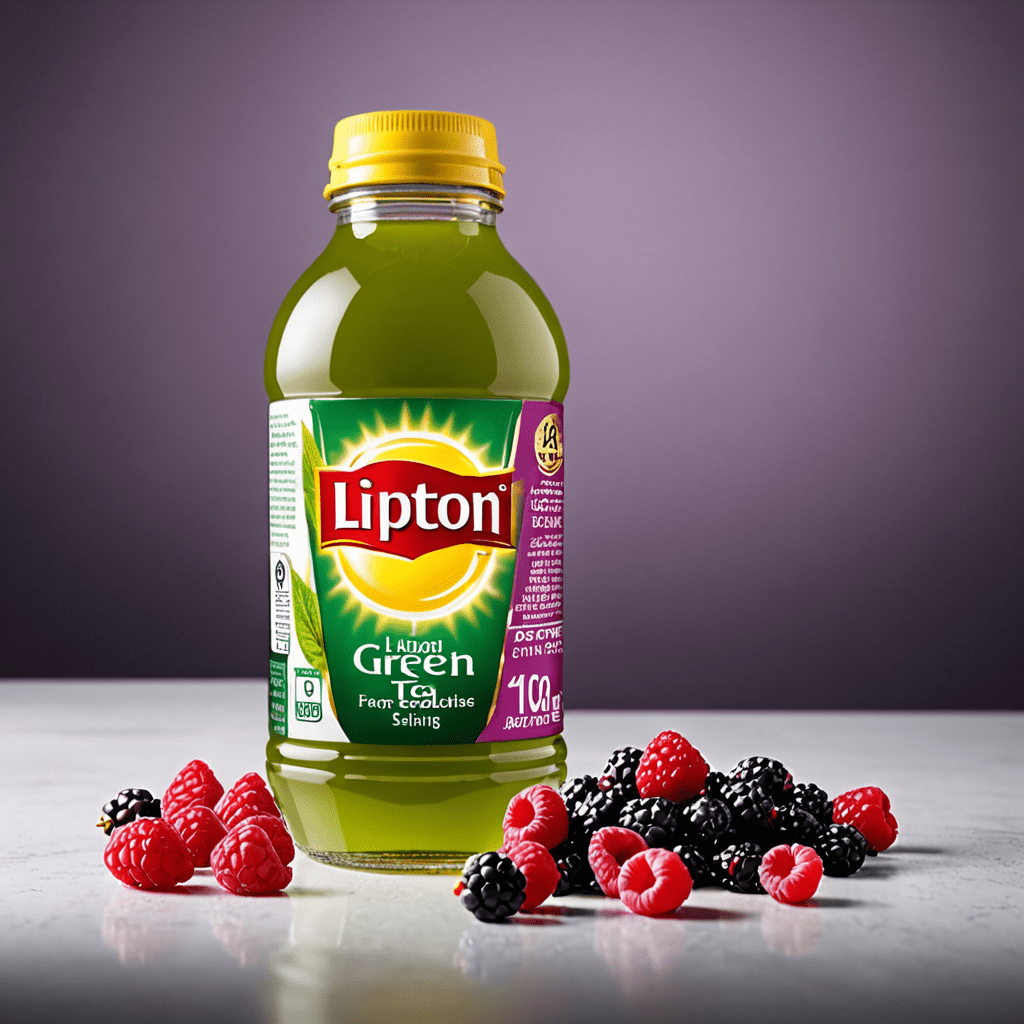Assam Tea: Exploring Different Varieties
I. Introduction
Assam tea, hailing from the lush Brahmaputra Valley in northeastern India, has captivated tea enthusiasts worldwide. Renowned for its robust flavor and malty aroma, this exceptional tea varietal encompasses a rich tapestry of distinct varieties, each boasting its unique characteristics and appeal.
II. The Significance of Assam Tea
Assam tea stands as a testament to the region's rich tea heritage, with its cultivation dating back to the mid-19th century. The region's abundant rainfall, fertile soil, and favorable climate have contributed to the flourishing of tea plantations, making Assam one of India's most prolific tea-producing states.
III. Classic Assam Black Tea
The quintessential Assam tea, the black tea variety dominates the tea scene. Steeped in tradition, this classic tea is produced through a meticulous oxidation process, resulting in its characteristic deep amber hue and robust flavor profile. With notes of malt, wood, and spice, Assam black tea embodies the essence of the region's terroir.
IV. Assam CTC Black Tea
Assam CTC (crush-tear-curl) black tea takes a different approach to processing, employing a mechanized method that yields smaller, uniform tea leaves. This technique intensifies the tea's flavor and creates a brisk, invigorating brew. Assam CTC black tea finds widespread use in tea bags and blends, offering a bold and assertive flavor.
V. Assam Green Tea
Beyond the realm of black teas, Assam also produces a compelling green tea variety. Cultivated and processed with minimal oxidation, Assam green tea retains its vibrant emerald hue and delicate flavor. Its leaves are steamed or pan-fired to preserve their natural antioxidants and provide a refreshing, subtly sweet brew.
VI. Assam Oolong Tea
Assam oolong tea occupies a unique space in the tea spectrum, undergoing a semi-oxidation process that bridges the gap between black and green teas. The resulting leaves exhibit a vibrant copper hue and a distinct aroma with notes of honey, fruit, and flowers. Assam oolong tea offers a delicate balance of flavors, combining the richness of black tea with the freshness of green tea.
VII. Assam White Tea
Assam white tea stands as the most delicate and least processed variant. The young tea leaves are plucked before they fully open and undergo minimal oxidation, preserving their silvery-white appearance. Assam white tea brews into a subtle, yet complex cup with notes of honey, citrus, and apricot. Its high antioxidant content and refined flavor make it a prized tea among connoisseurs.
VIII. Assam Purple Tea
Assam purple tea is a rare and exquisite variant that has gained attention for its unique purple-hued leaves. This vibrant color stems from the high concentration of anthocyanins, powerful antioxidants that may offer various health benefits. Assam purple tea yields a beautiful cup with a sweet, fruity flavor and a hint of floral notes.
IX. Assam Second Flush Tea
Assam second flush tea is a seasonal delicacy that emerges after the monsoon rains have rejuvenated the tea bushes. Harvested in late summer, this tea exhibits a bold and intense flavor profile with notes of malt, honey, and wood. Assam second flush tea is highly sought after for its rich aroma and robust taste.
X. Conclusion
The diverse tapestry of Assam tea varieties caters to every palate and preference. From the classic black teas to the delicate white teas, each variant offers a unique sensory experience. Whether savored alone or blended with other teas, Assam tea embodies the spirit of the region and continues to captivate tea lovers around the world.
FAQ
- What is the difference between Assam black tea and Assam CTC black tea?
Assam black tea is processed through traditional methods, resulting in loose leaves with a complex flavor profile. Assam CTC black tea undergoes a mechanized process that yields smaller, uniform leaves with a more intense flavor.
- Which Assam tea variety is the most delicate?
Assam white tea is the most delicate variant, known for its subtle flavors and high antioxidant content.
- What makes Assam purple tea unique?
Assam purple tea is distinguished by its vibrant purple-hued leaves, attributed to its high anthocyanin content.
- When is the best time to enjoy Assam second flush tea?
Assam second flush tea is harvested in late summer and is best enjoyed during this period for its intense flavor and aroma.


